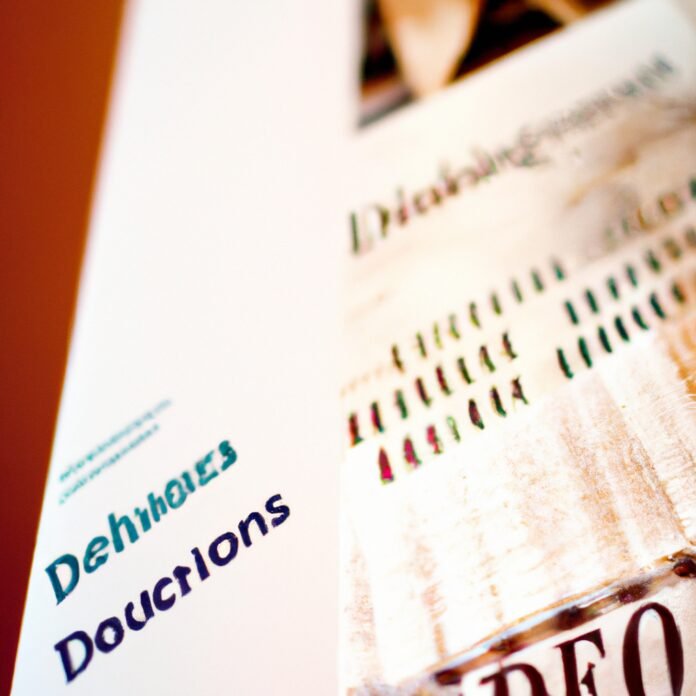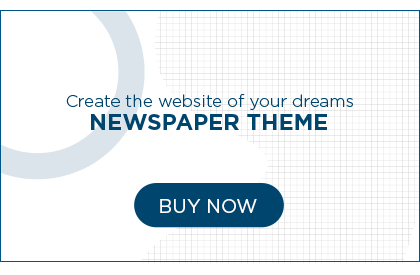As fashion continues to evolve, so does the fashion industry. There are always new innovators introducing new ideas and creations. “Designer Dialogues: Conversations with Fashion Innovators” offers an insight into the minds of those talented individuals that shape the fashion world today. This engaging series of conversations allows readers to discover where their favorite designers draw inspiration from and how they are changing the industry. Join us to hear the stories of today’s fashion innovators.
1. A Discerning Dialogue: Exploring the Phenomenon of Designer Dialogues
Designer dialogues have been on the rise in recent years, as people have become increasingly interested in leveraging design to enhance conversations. These dialogues are highly sophisticated and nuanced, using techniques to provide a level of insight and understanding that is far beyond traditional methods of communicating. Here, we’ll explore this phenomenon in greater detail.
- Narration and Storytelling – Designer dialogues can incorporate storytelling, narration, and even musical elements to enhance conversations. By contextualizing a story or narrative, designers are able to provide unique insights and perspectives that simply wouldn’t be available through more traditional methods of communication.
- Non-Linear Thinking – Non-linear thinking is the cornerstone of designer dialogues. By connecting ideas and topics that may not be immediately related, they can facilitate conversations that explore complex topics from multiple angles. This can lead to creative solutions that wouldn’t have been possible using more traditional approaches.
- Impactful Interaction – Designer dialogues can be highly interactive and engaging. By providing visual cues and feedback, designers can create an engaging dialogue that allows all parties to interact in meaningful and productive ways.
Whether done in person or remotely, designer dialogues can be incredibly powerful. By leveraging creative techniques, designers can create stimulating conversations that provide a level of depth and richness that simply couldn’t be achieved using more traditional methods. As we move ever closer to an era of digital transformation, designer dialogues will become increasingly important and essential to build successful relationships and partnerships.
2. Turning the Tables: Appreciating the Advantages of Designer Dialogues
As writer Soren Kierkegaard famously stated, “Life must be understood backwards; but it must be lived forwards.” Nowhere is this quote more applicable than in the context of a designer dialogue.
The concept of designer dialogue is an increasingly popular subject of discussion within the realm of interior design. After all, when it comes to designing an interior in the most reliable and effective manner possible, there’s no doubt that having an open dialogue between the client and the designer is the best way of streamlining the process. But what are the other advantages of having such a designer dialogue? Let’s take a look:
- Greater Flexibility: Opening up a discussion between the designer and their client gives both parties more flexibility and room to experiment. The designer has a clearer understanding of their client’s wants and needs, and can adjust their designs and plans accordingly.
- Reduced Wastage: Having a conversation with the client makes it easier for the designer to accurately gauge what their client wants, reducing the risk of needing to redo a project multiple times due to miscommunication.
- Better End Result: Bringing the client and designer together to collaborate makes it easier to find common ground and reach a consensus on the final result. This opens up the possibility of producing something truly remarkable.
Designer dialogue is no longer the exclusive domain of interior designers. Automated designers, retail designers, user experience designers, and all manner of design professionals have started to appreciate its value.
Flexibility, reduced wastage, and greater efficiency – designer dialogues make it possible to cover new ground and create a much better final product. Perhaps it’s time for designers to turn the tables and truly appreciate the advantages of designer dialogues.
3. A Contract of Creativity: Examining the Impact of Designer Dialogues on Fashion Innovation
As the fashion industry enters a new era of fluidity and innovation, there has been an increasing emphasis on designer dialogues as a key influence on the creative process. Whether one is examining the dizzying range of colors and patterns at the New York Fashion Week or the passionate arguments over originality and copyright within the industry, creative dialogues have often been at the core of fashion innovation.
At its simplest, a designer dialogue involves two parties discussing the creative aspects of the fashion design process. It can take various forms, from private talks between a brand and its creative lead to creative exchanges between a team of designers. Regardless of the form, designer dialogues bring together individuals from different backgrounds in the hopes of developing something unique and unexpected.
The impact of designer dialogues on the fashion industry has been widely noted, particularly with regards to stimulating the conversation surrounding new trends and styles. Innovative partnerships between brands and designers have become commonplace, with both playing a key role in crafting out the latest looks. Some have even argued that designer dialogue has shifted the industry’s focus from simply creating marketable products to also providing authentic, creative experiences.
It is difficult to fully comprehend the impact of designer dialogues on fashion innovation, but it is clear that the two have developed …
4. Fashioning the Future: Generating Fresh Perspectives Through Designer Dialogues
Being up-to-date on the latest fashion trends is not only about being fashionable, but also about having a progressive mindset in terms of understanding the interplay of art, culture and design. Designers, especially those who keep making new and fresh statements, can play an important role in this, and serve as integral agents of change. Through designer dialogues, we can explore new perspectives and come closer to fashioning the future of fashion and lifestyle.
Given the growing scope of fashion, dialogues between designers offer invaluable insight into the creative processes involved in the production of sartorial works. Multiple facets of the design process – from inspiration to forecasting – can be discussed fruitfully with those who are familiar with the creative content.
What’s more, well-rounded perspectives are generated when different members of the industry meet. For example, when designers, buyers, editors, and retailers come together, dialogues are particularly lively and enriched.
- Consumer Engagement: Designers engaging with consumers through dialogues can help to create personalized fashion experiences.
- Idea Exchange: Designers come together to discuss existing trends, exchange ideas and innovate in terms of fabric, detailing, and silhouettes.
- Flow of Containing To Contemporary: There is no denying that dialogues can provide a better understanding of the flow of conventional to contemporary fashion.
All in all, designer dialogues can help to bring together different creative minds and lead to rich and meaningful interactions, enabling designers to share, create, and gain fresh perspectives for fashioning the future.
Immerse yourself in the world of fashion and explore the minds of the innovators who are the creators and drivers behind this ever-evolving industry. From building multi-million dollar businesses to finding solutions to global issues, this series of conversations showed us the passion and determination of these changing designers as they pave the way for future generations. Every step they take is a step closer to a brighter future—and a brighter wardrobe.



